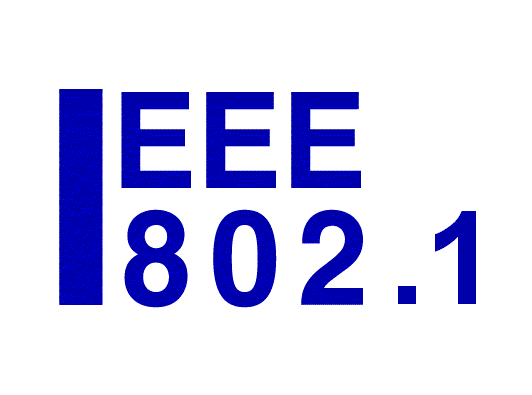802.1AX-2020 – Link Aggregation
The full title of this standard is “Standard for Local and Metropolitan Area Networks – Link Aggregation”. This is a revision of IEEE Std 802.1AX-2014 incorporating IEEE Std 802.1AX-2014/Cor 1-2017.
Link Aggregation provides protocols, procedures, and managed objects that allow the following: One or more parallel instances of full-duplex point-to-point links to be aggregated together to form a Link Aggregation Group (LAG), such that a MAC Client can treat the LAG as if it were a single link. A resilient interconnect using multiple full-duplex point-to-point links among one to three nodes in a network and one to three nodes in another, separately administered, network, along with a means to ensure that frames belonging to any given service will use the same physical path in both directions between the two networks. This standard defines the MAC-independent Link Aggregation capability and general information relevant to specific MAC types that support Link Aggregation. The capabilities defined are compatible with previous versions of this standard.
Link Aggregation allows the establishment of full-duplex point-to-point links that have a higher aggregate bandwidth than the individual links that form the aggregation, and the use of multiple systems at each end of the aggregation. This allows improved utilization of available links in bridged local area network (LAN) environments, along with improved resilience in the face of failure of individual links or systems. In applications connecting separately administered networks, the networks are isolated from each other’s fault recovery events.
There is a need to correct and clarify Link Aggregation specifications and in particular the Distributed Resilient Network Interface specifications, in the light of implementation experience to ensure interoperability and ensure proper operation. Furthermore there is a need to correct some known problems identified in the maintenance process. The scope of these changes is most appropriately handled as a revision.
Current Status
| Draft | P802.1AX-REV, Draft 2.1 (23 August 2019) |
| Status | Approved by the IEEE Standards Association Standards Board on January 30, 2020. Prior drafts and dispositions of comments |
| PAR | PAR approved 12 May 2016 |
| CSD | None |
| Editors | Stephen Haddock, Jessy Rouyer |
Contributions
The above list includes only the latest version of updated documents and omits those superseded by subsequent discussion or inclusion in the current draft (see filenames beginning “ax-” or “ax-rev” in the 2016, 2017, 2018 and 2019 802.1 public directories for a complete list). The dates listed are the website file dates and often differ from creation dates in the documents.
